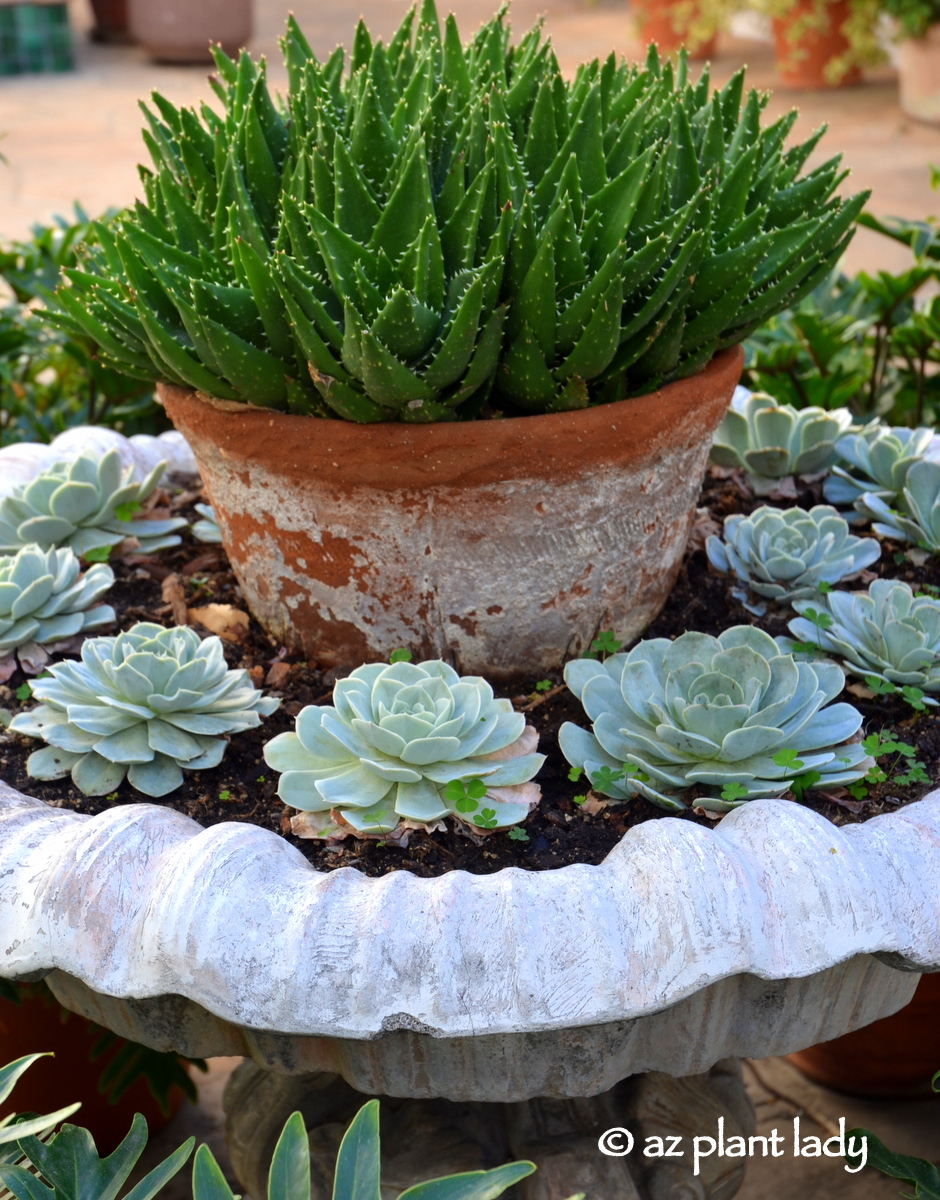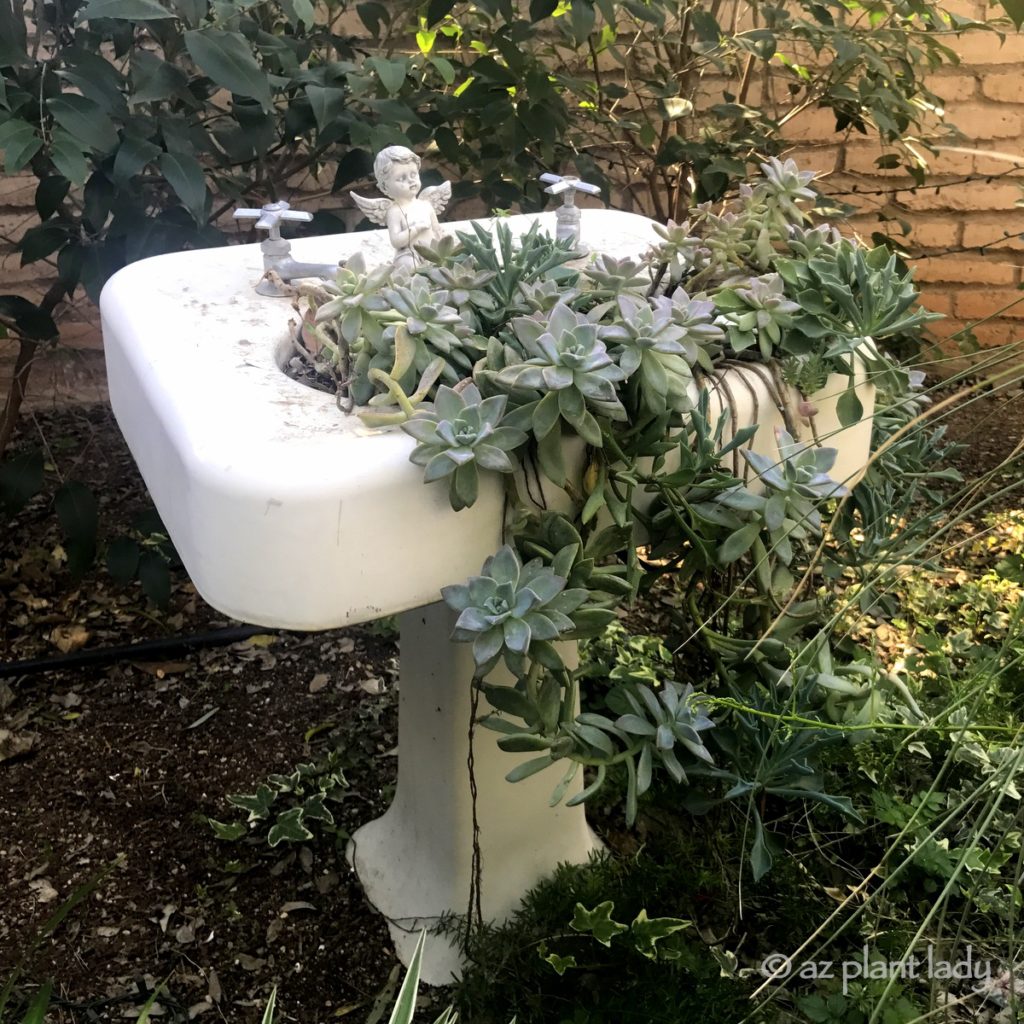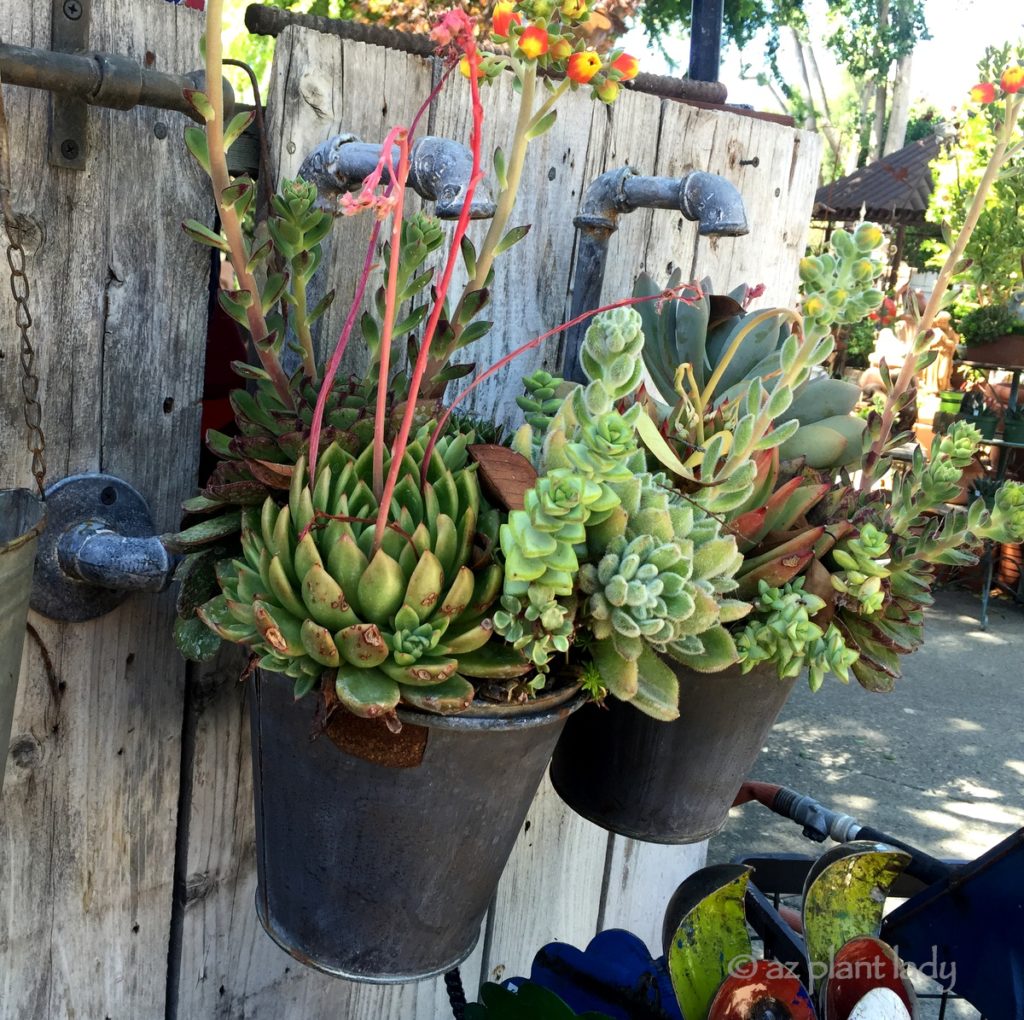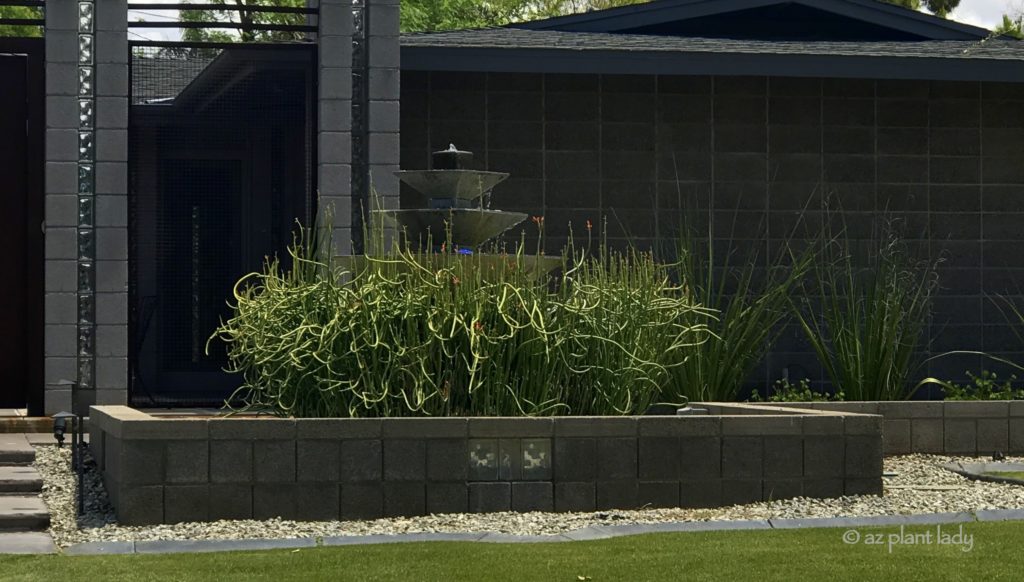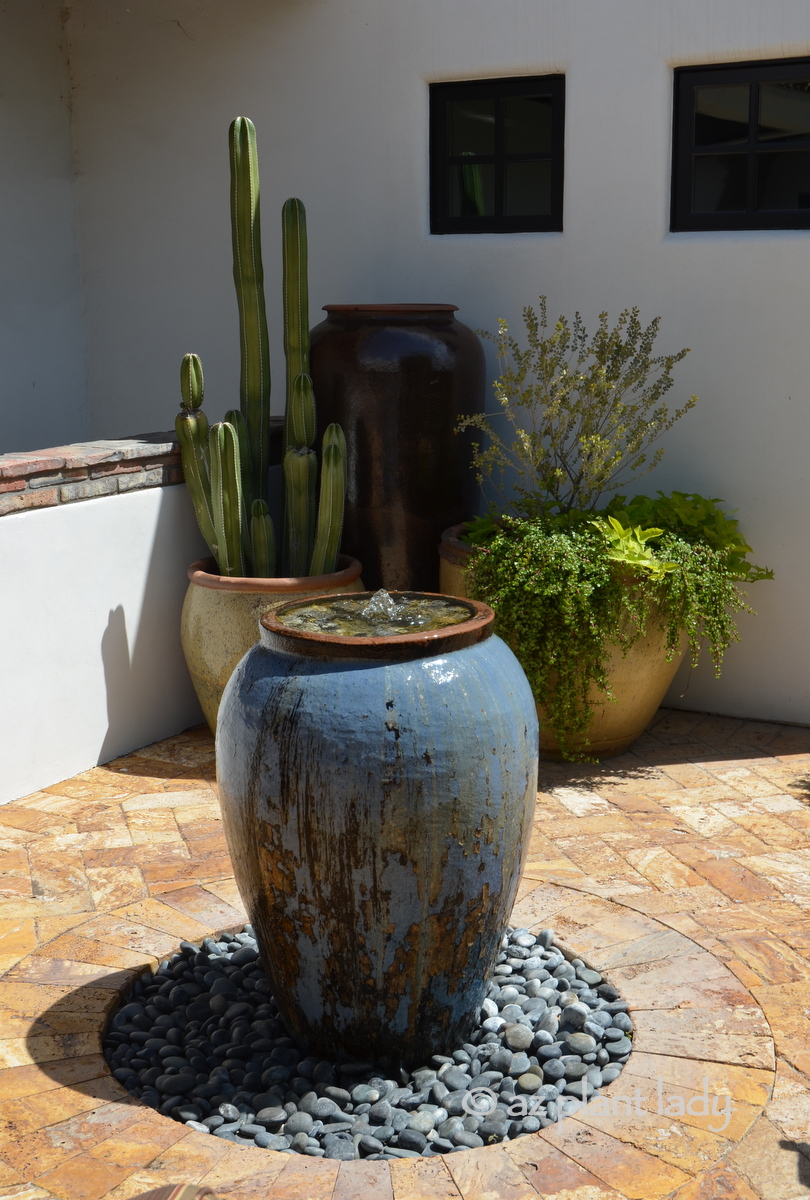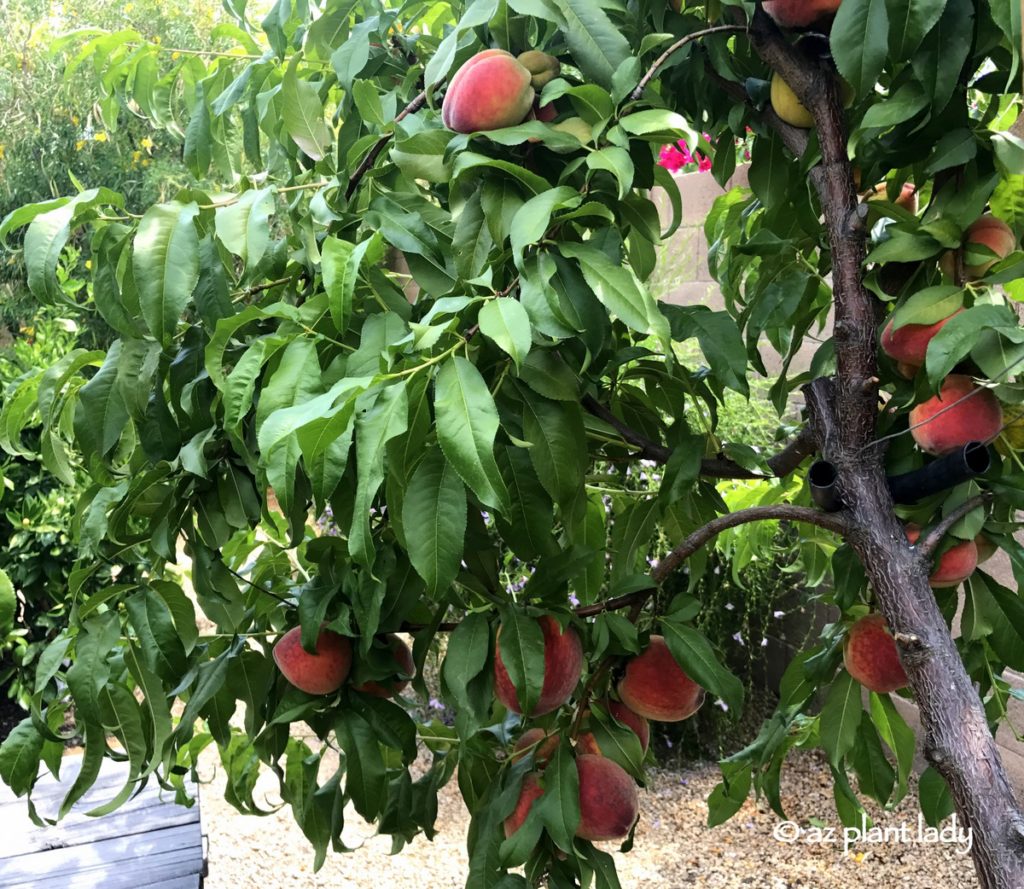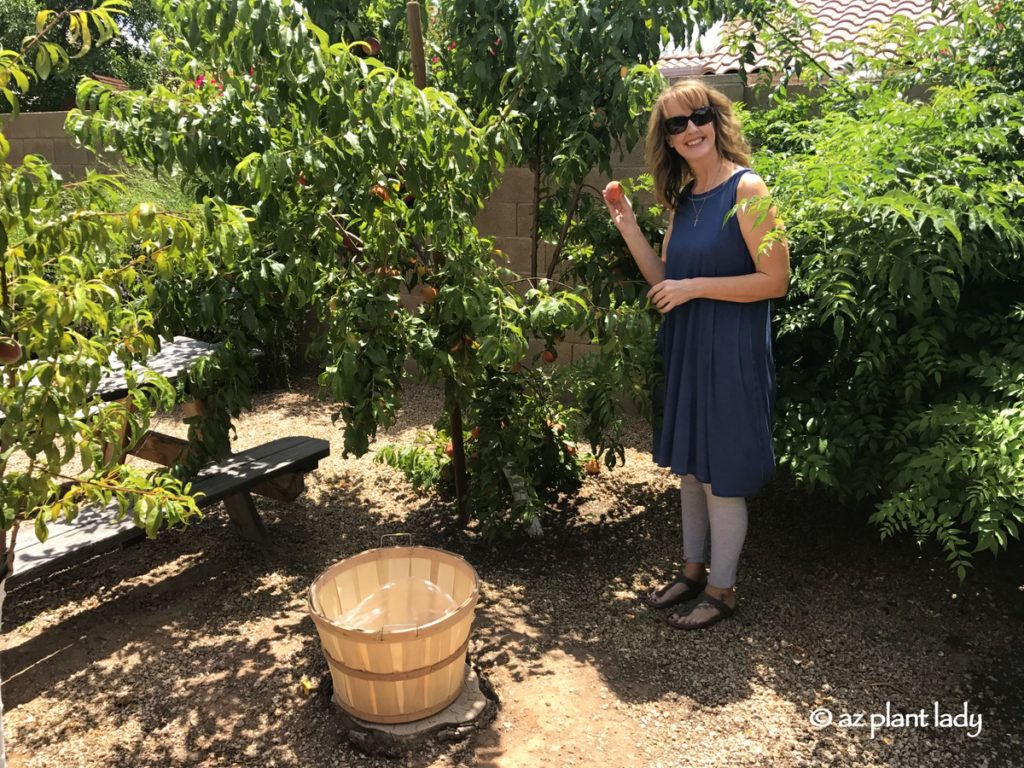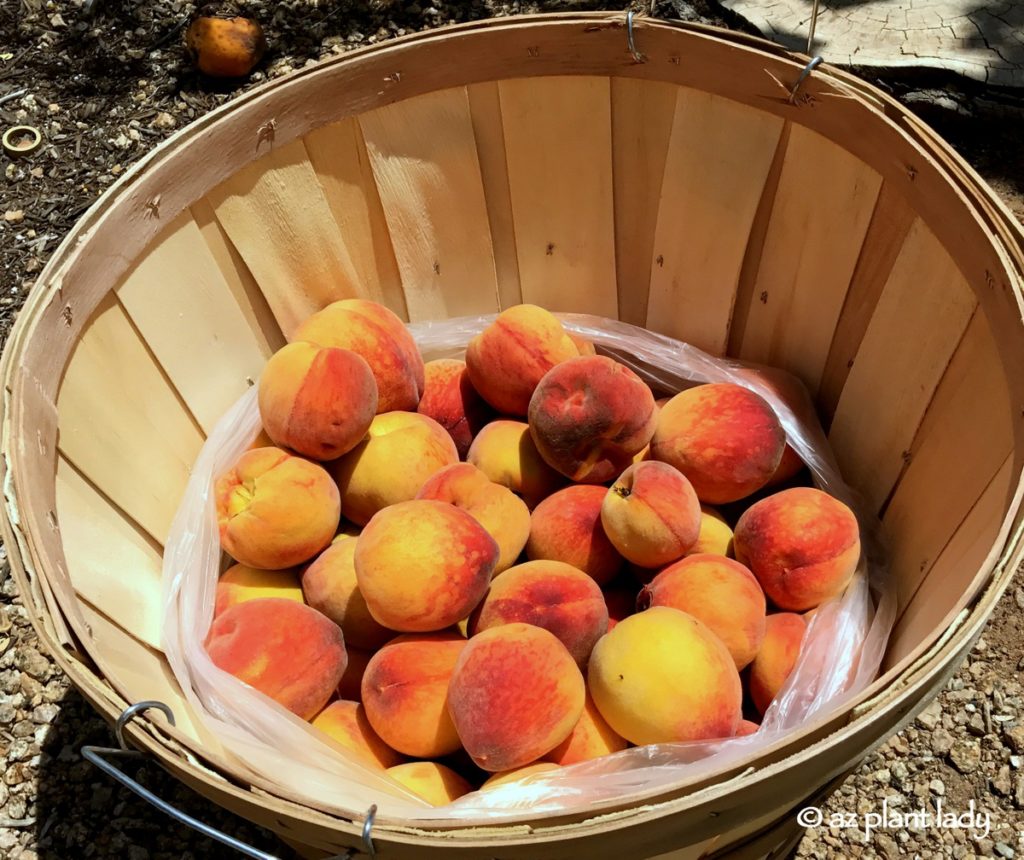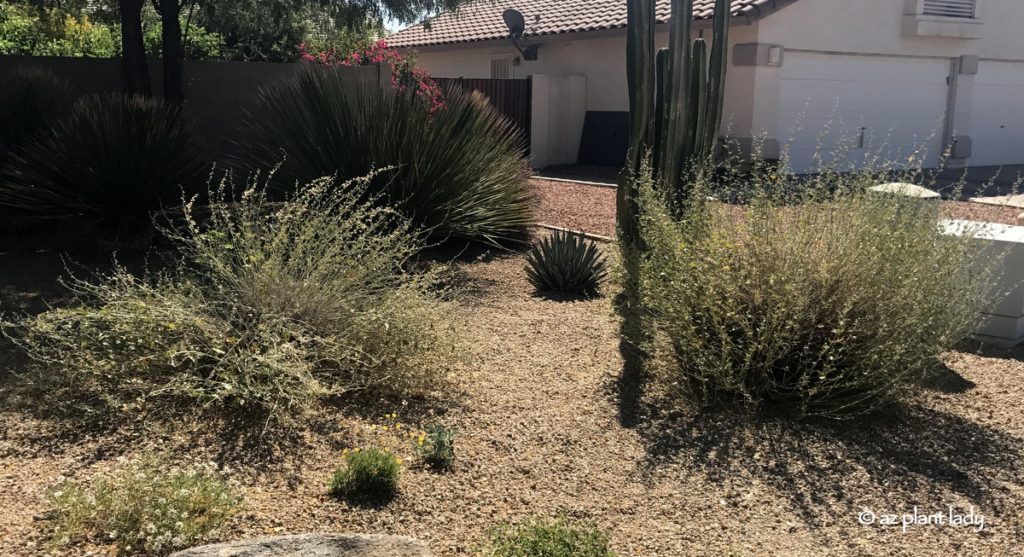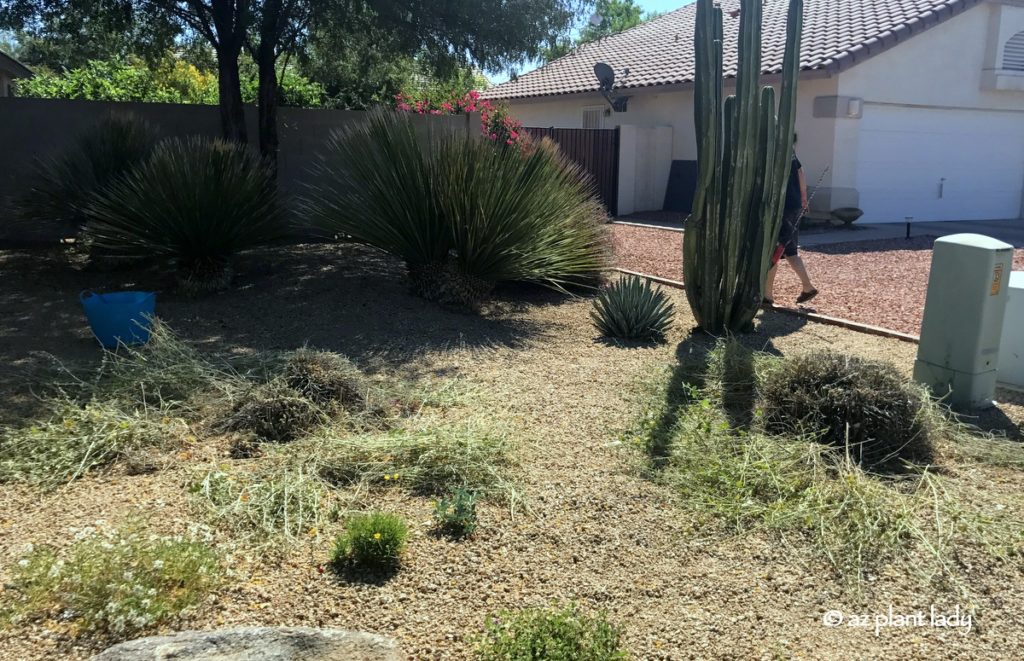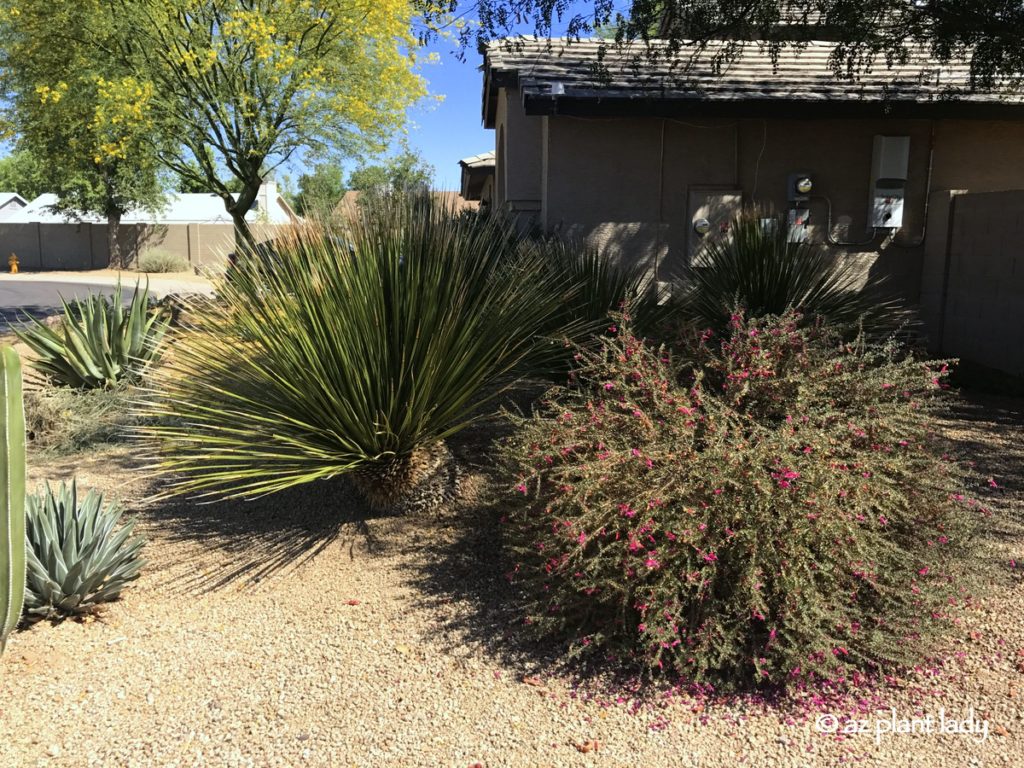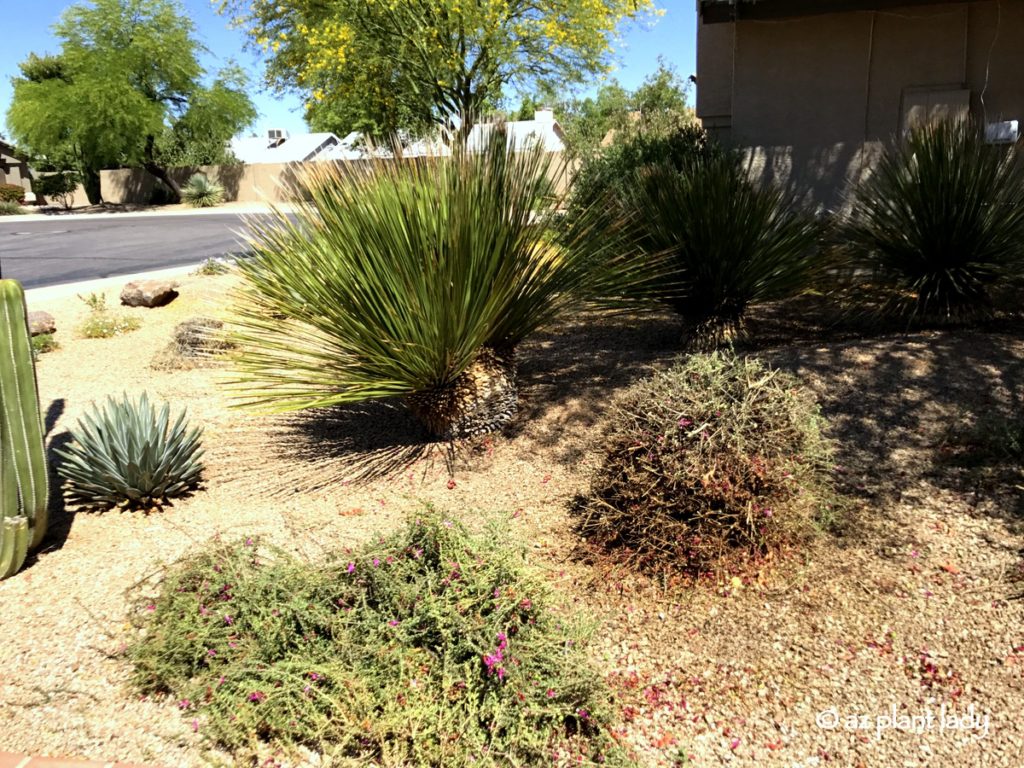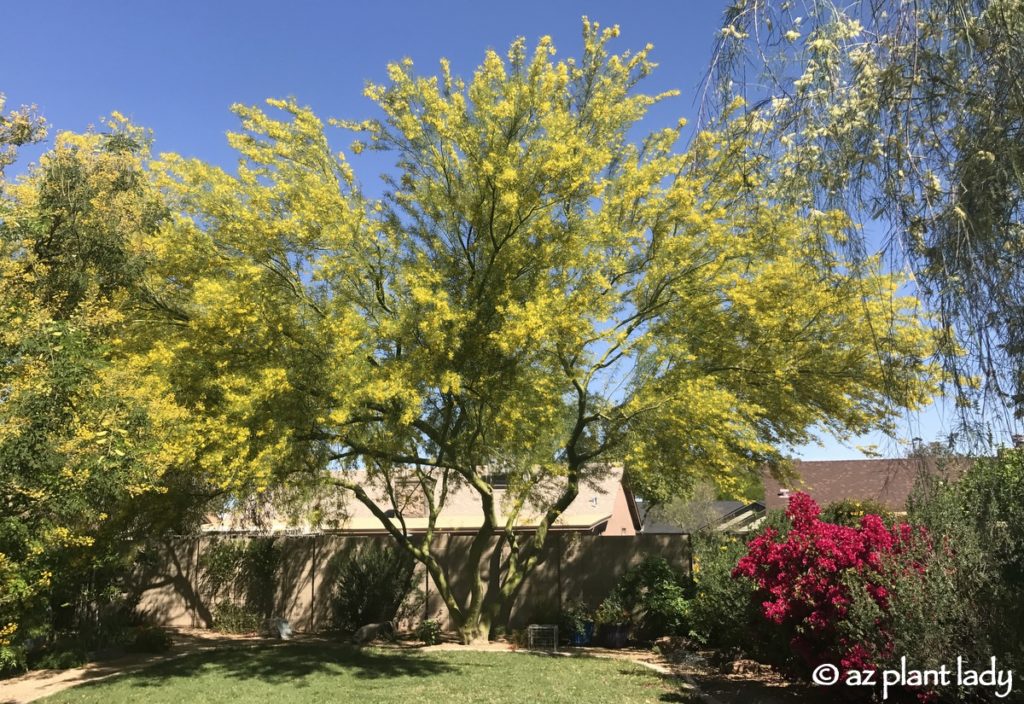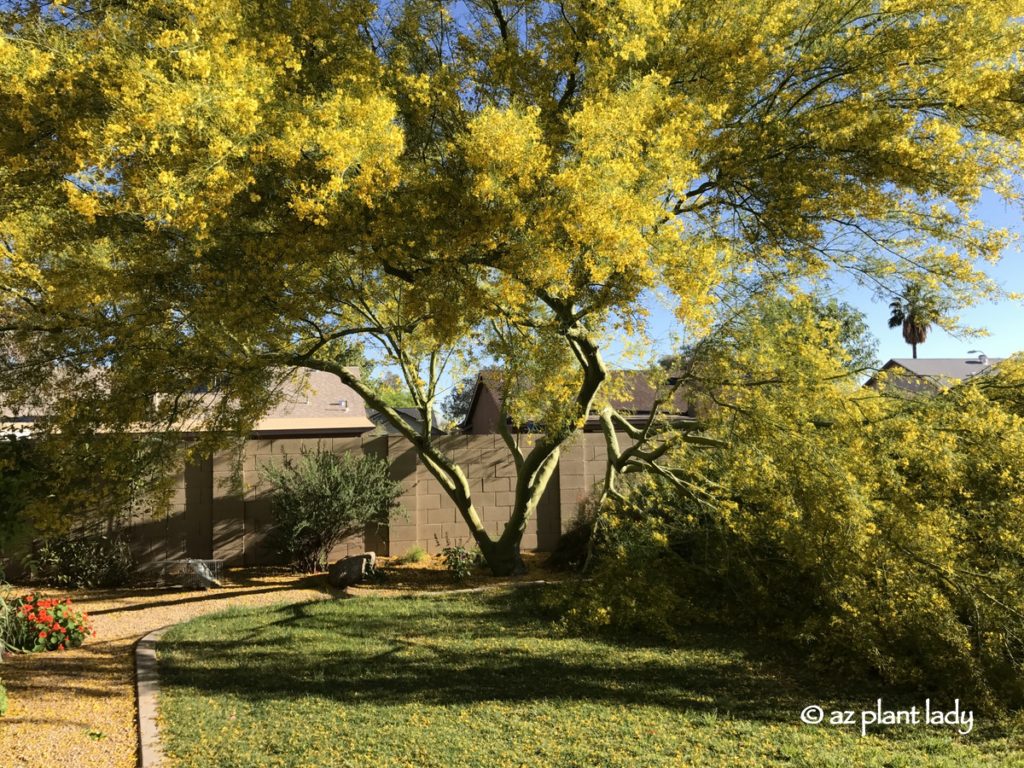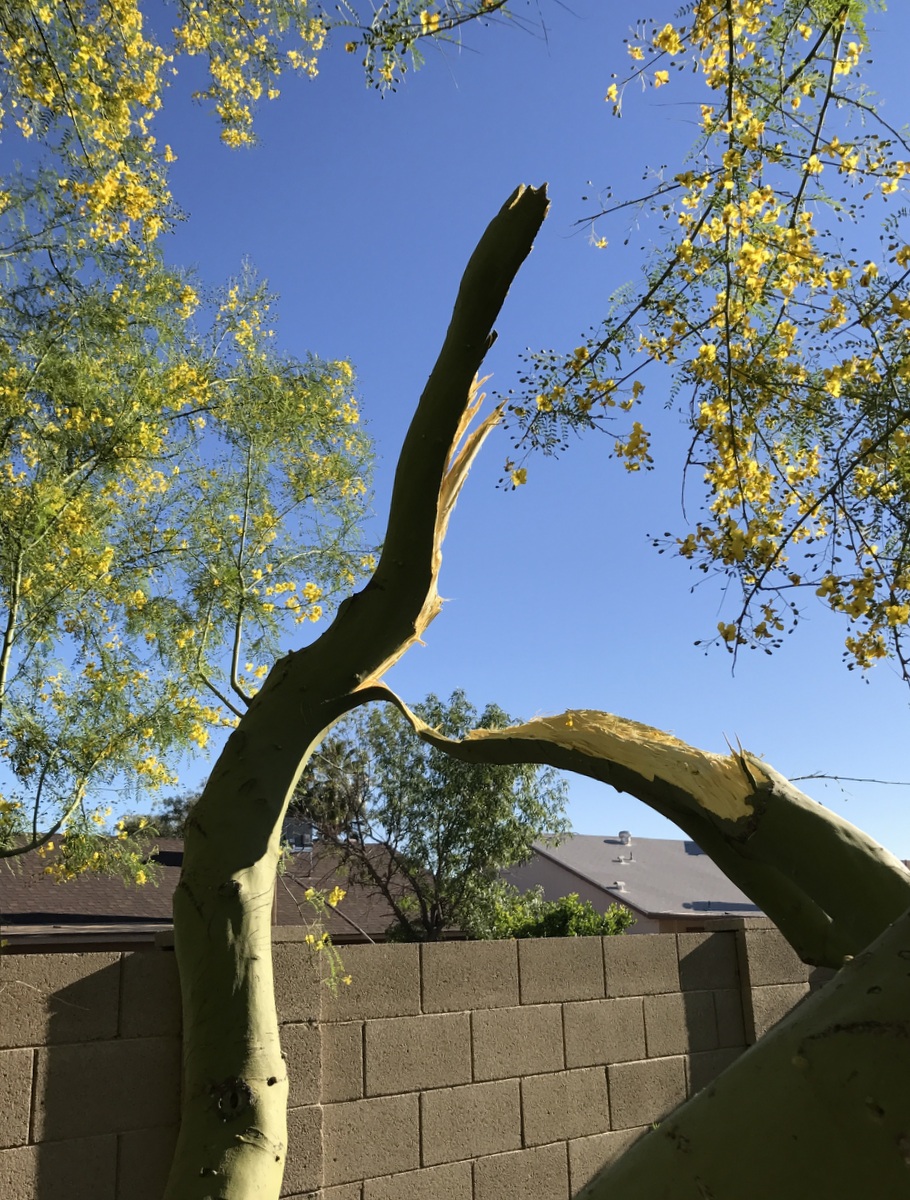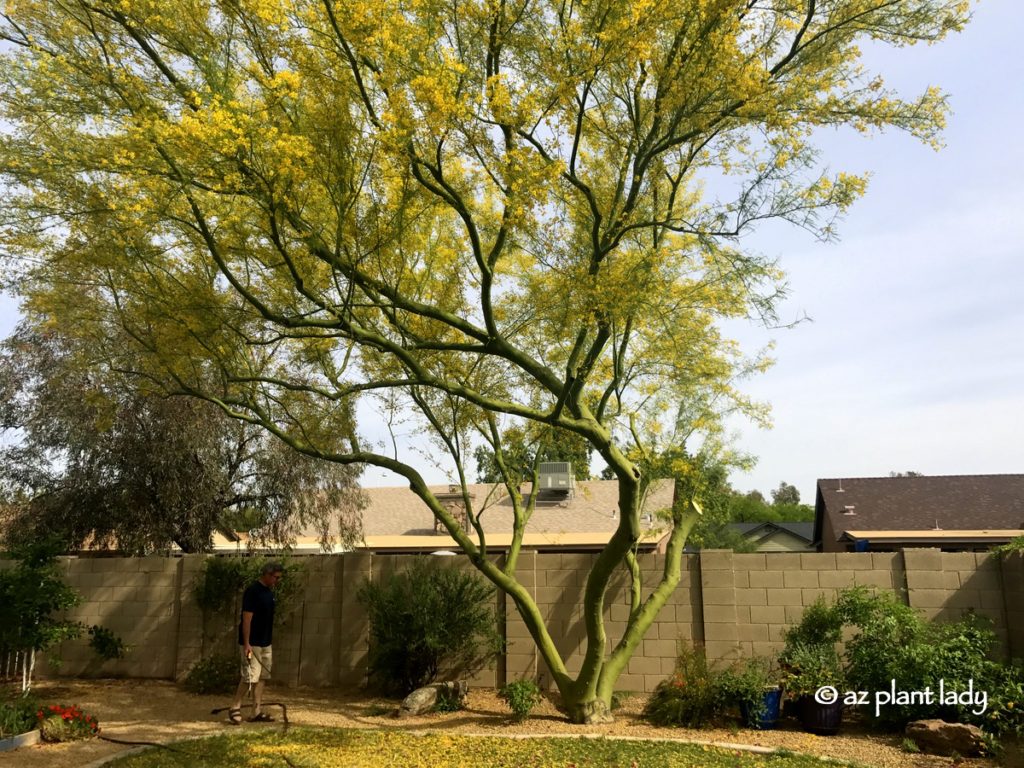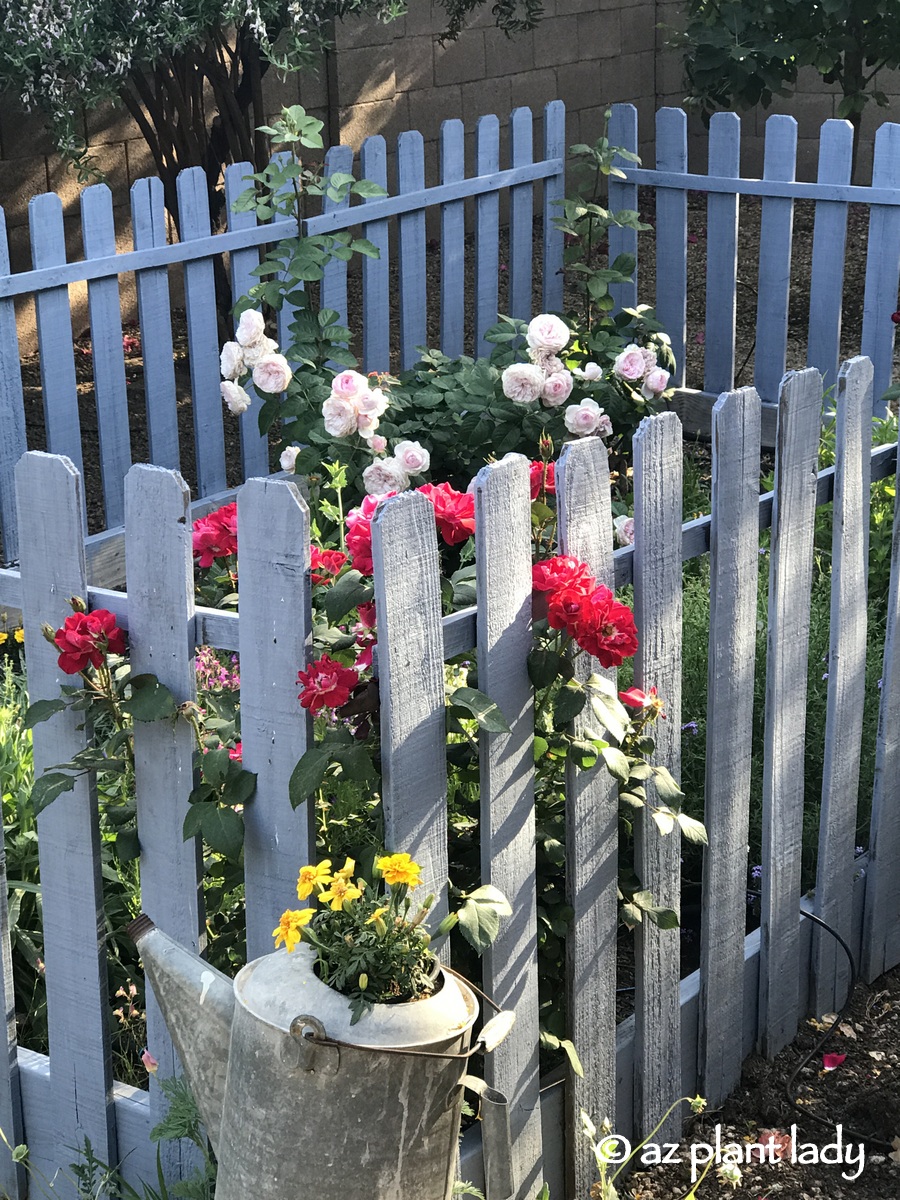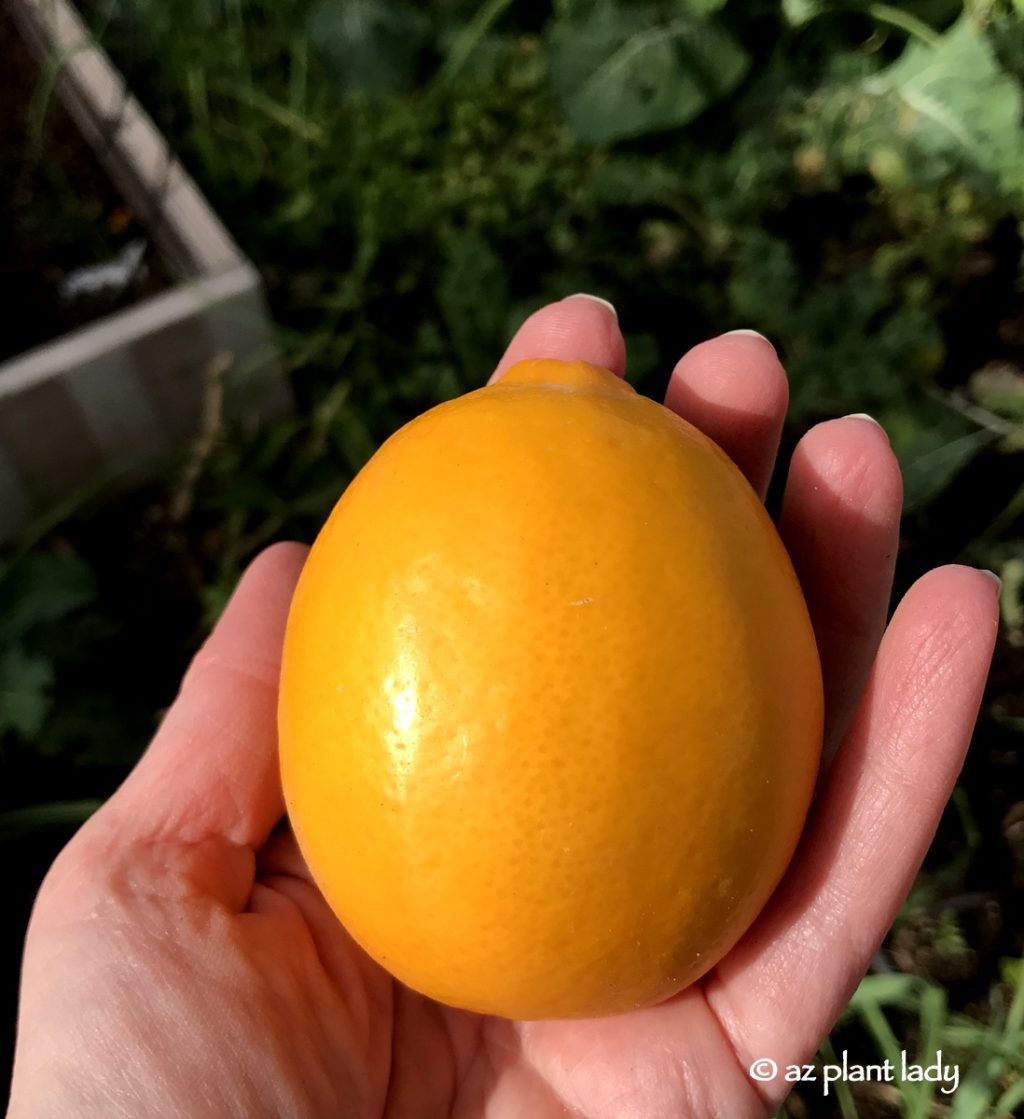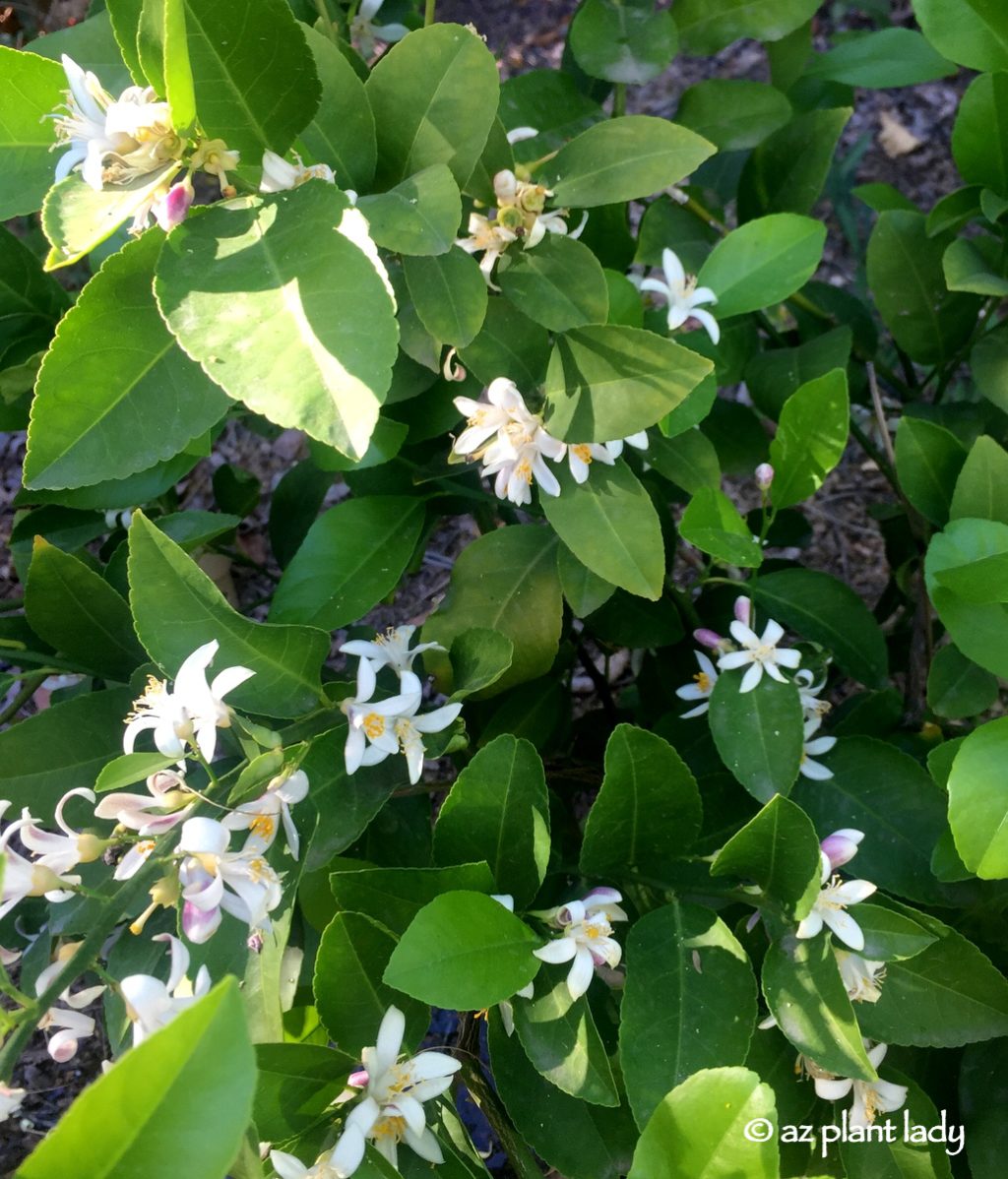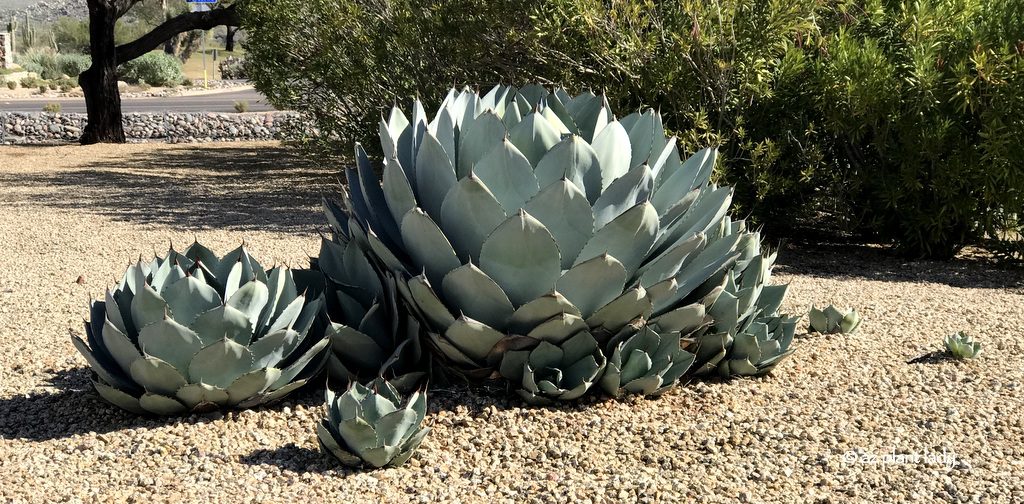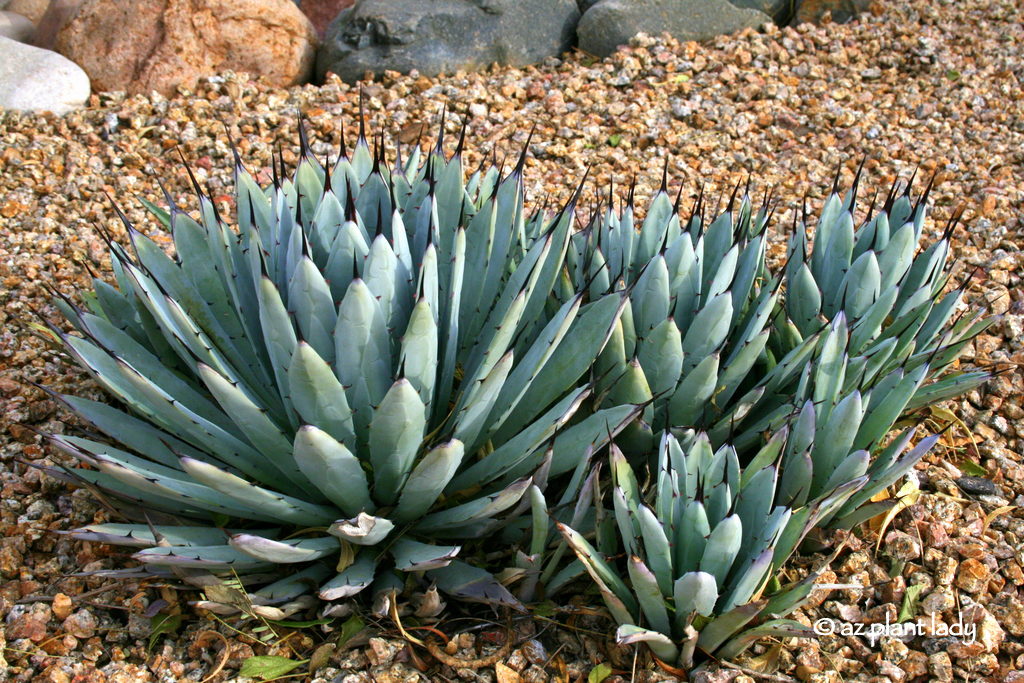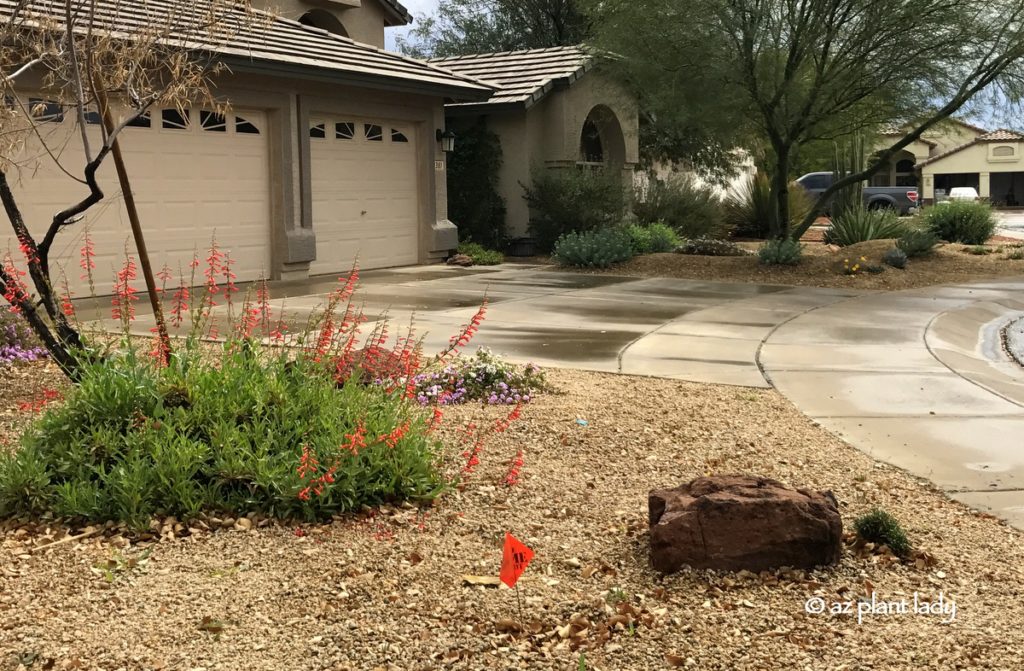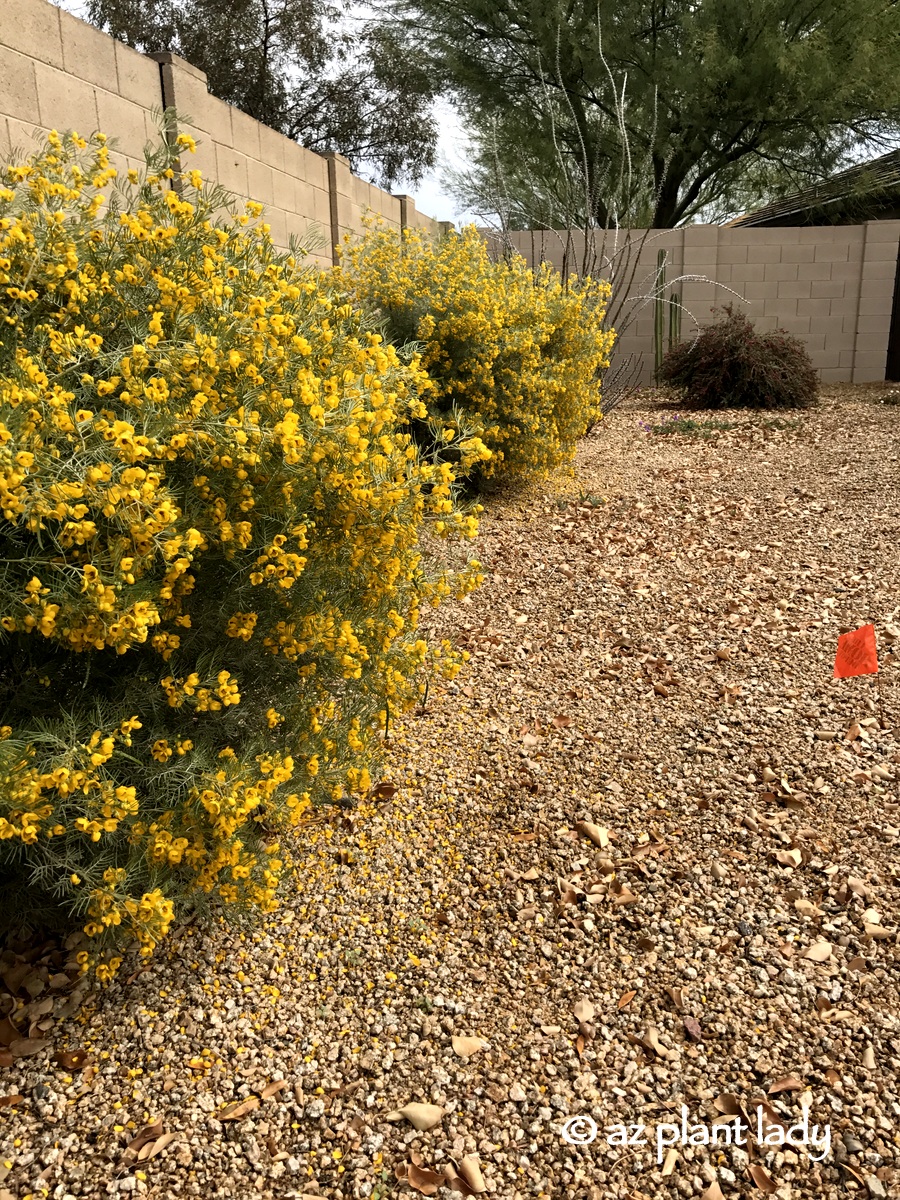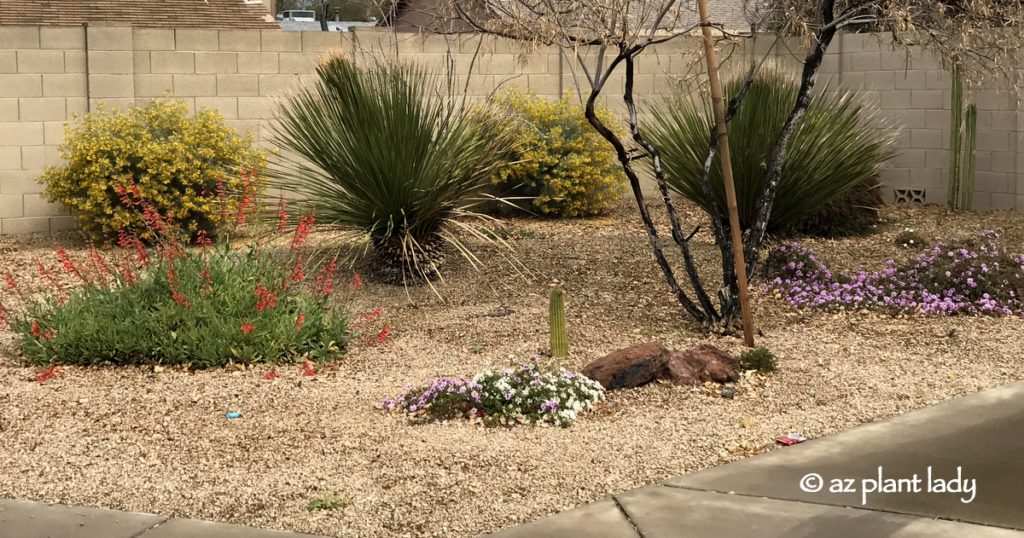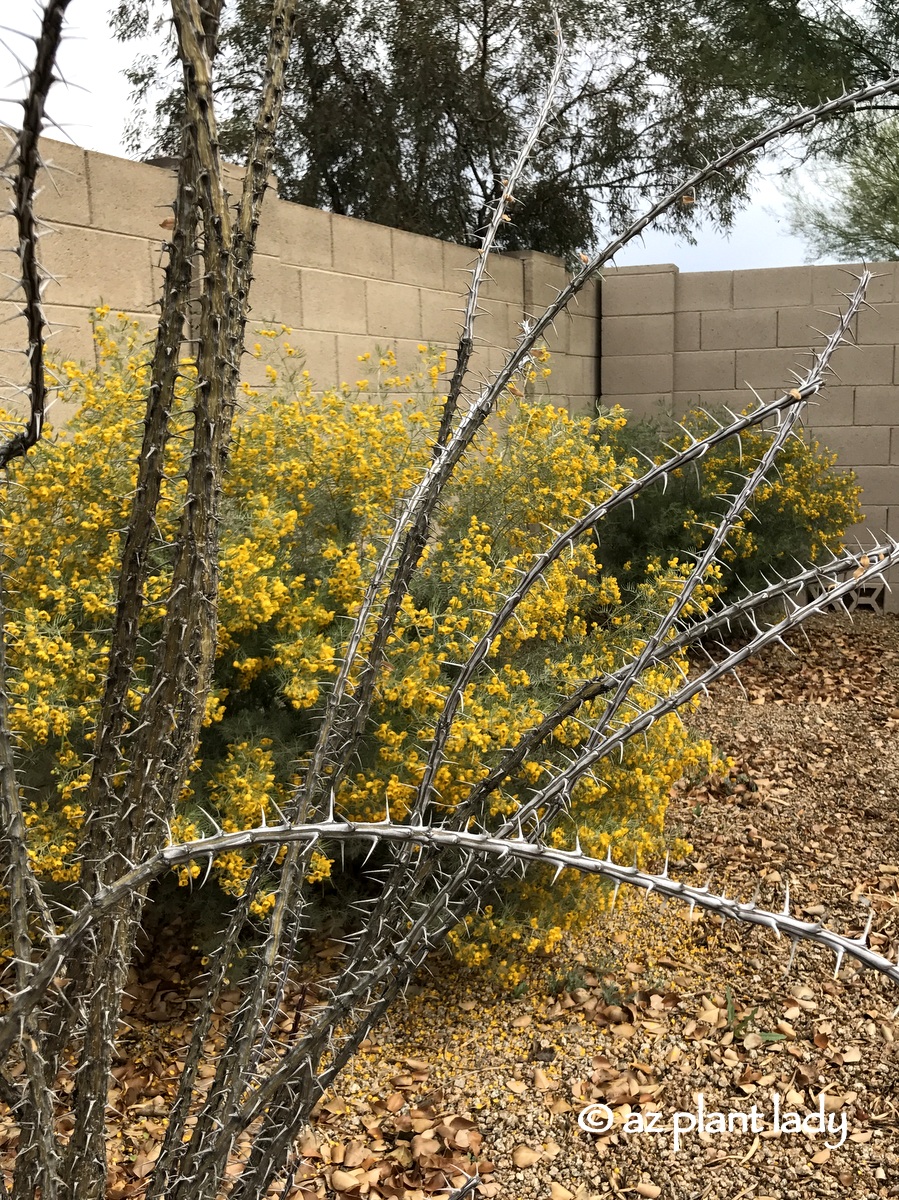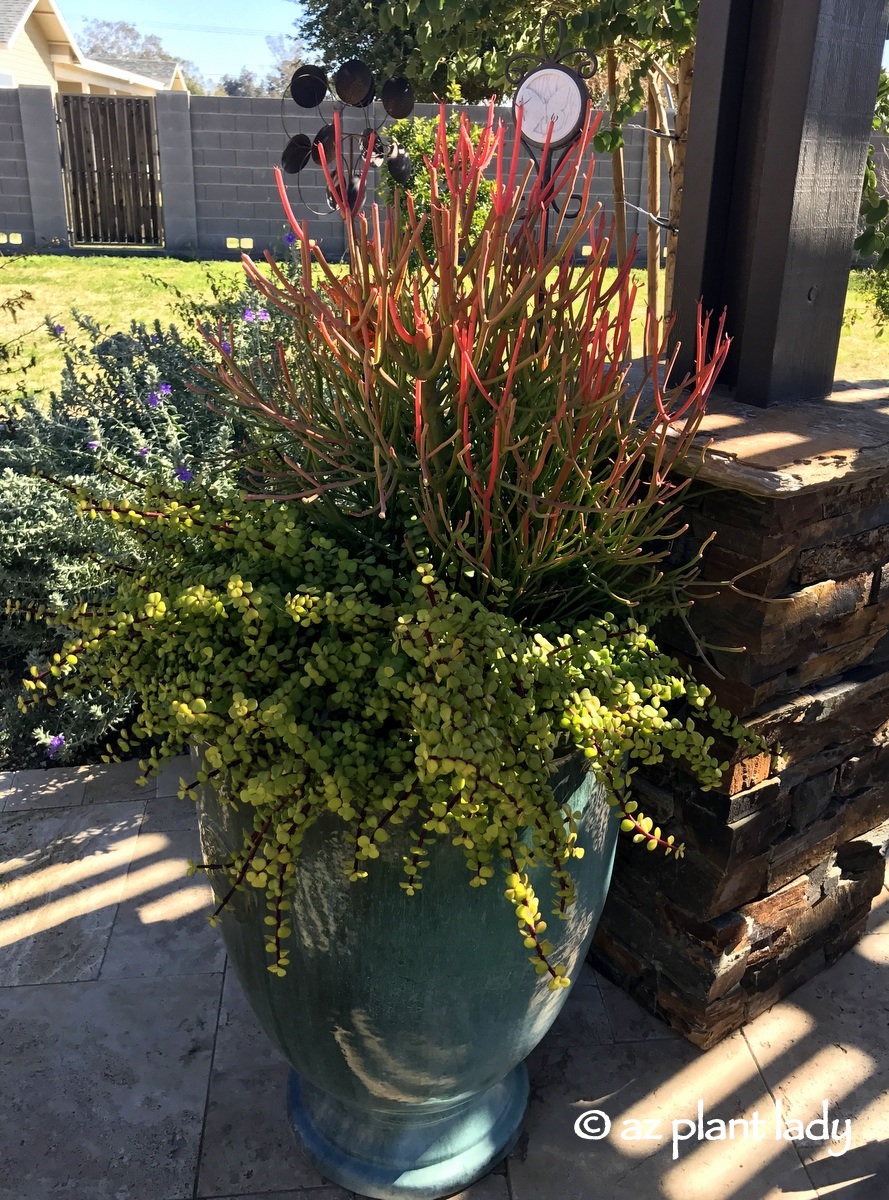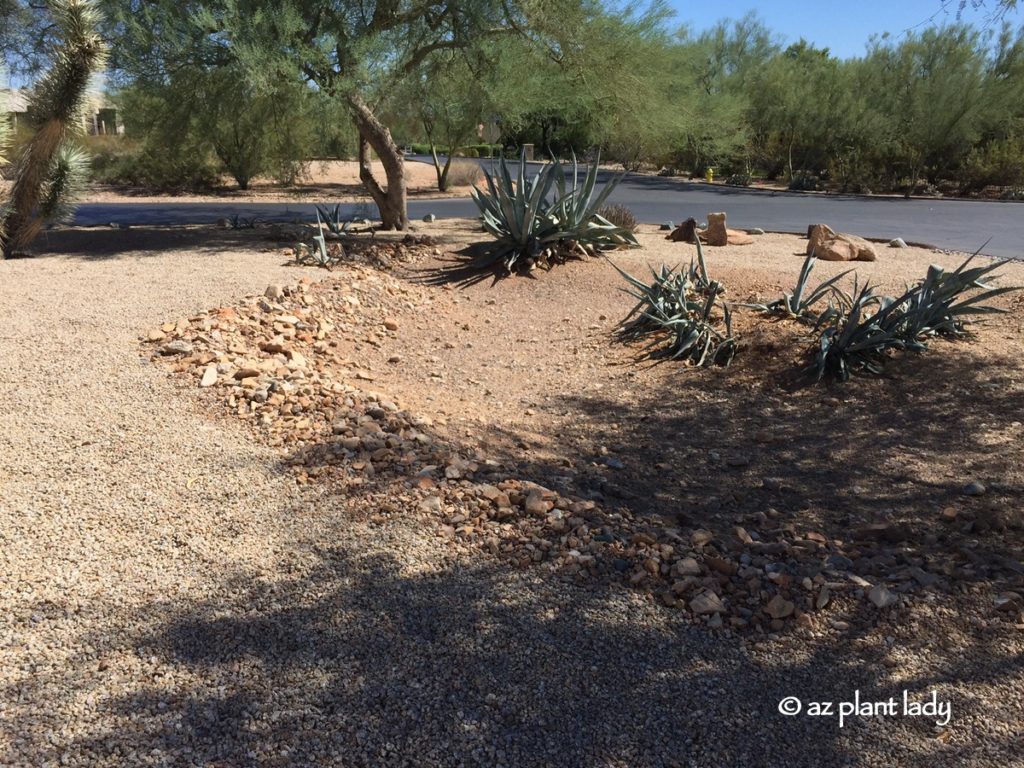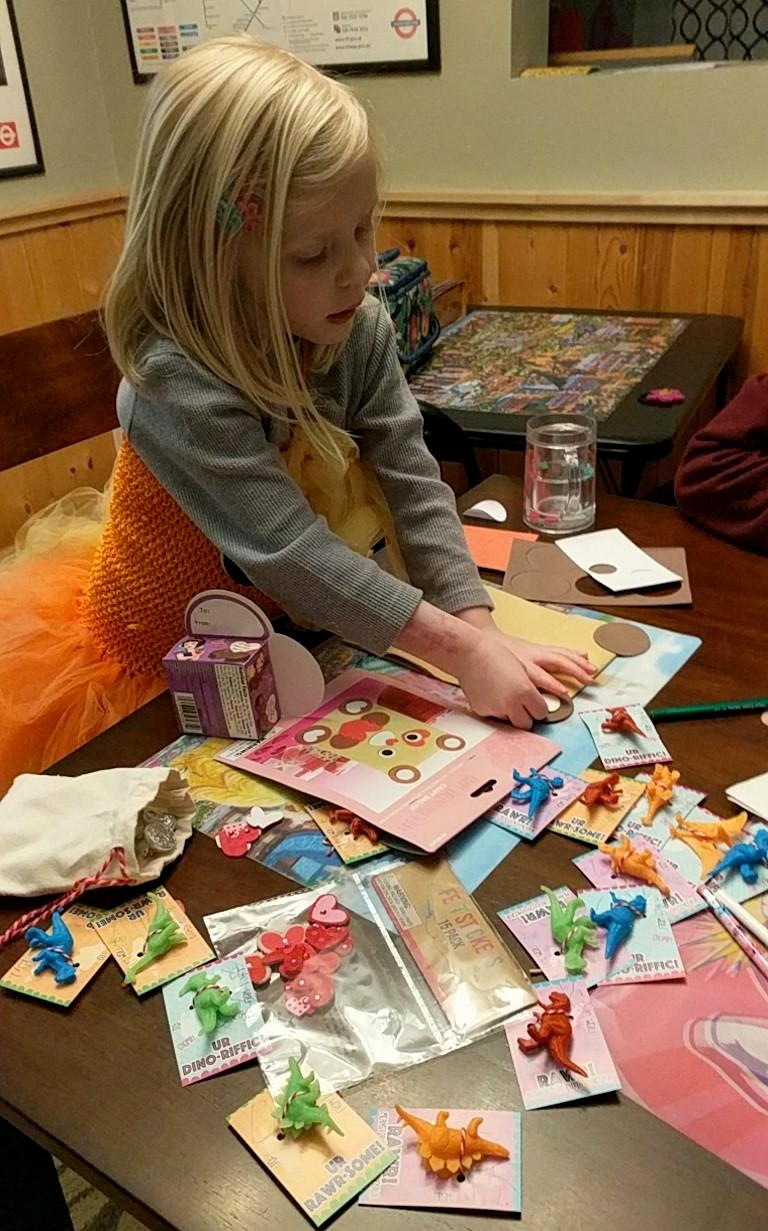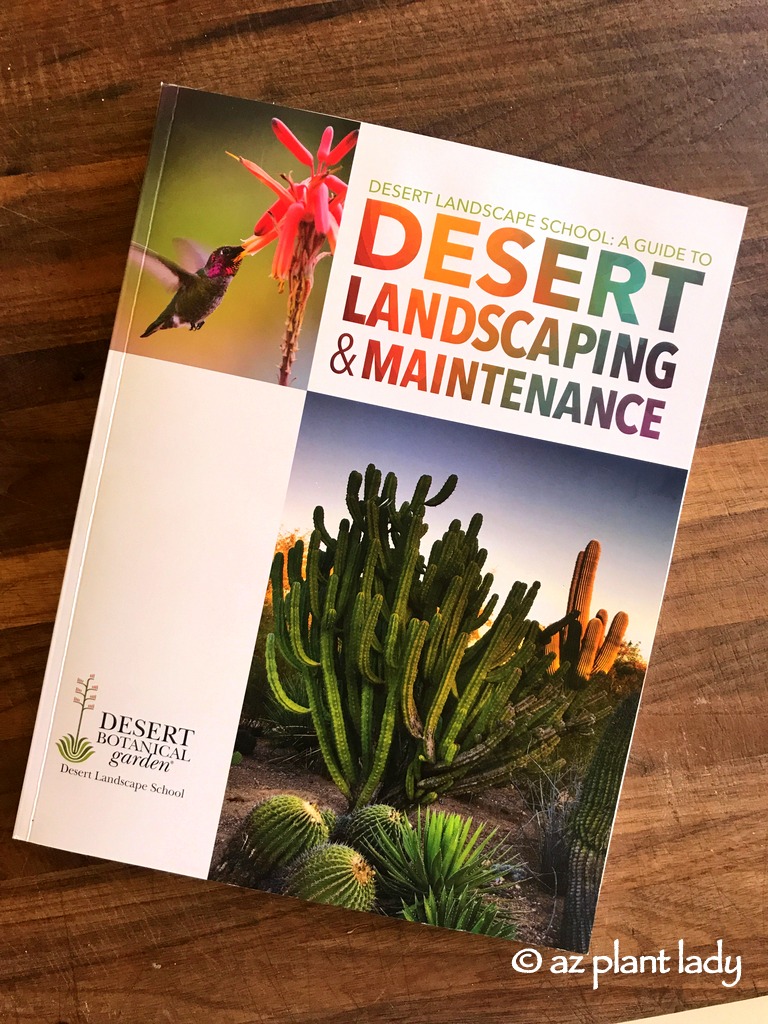
As a garden writer and horticulturist, I am often asked to review new gardening books, which is one of my favorite things to do; especially if the books are about growing plants in the desert.
Years ago, there were precious few books that dealt with the unique challenges and solutions to creating a beautiful outdoor space in a hot, arid climate. Nowadays, there are several books that focus on desert gardening, but most just scratch the surface of how to do it. When I was contacted by The Desert Botanical Garden to see if I would review their new book, Desert Landscape School: A Guide to Desert Landscaping and Maintenance, I said yes.
The origins of the book arose from the Desert Landscape School at the gardens, which offers classes for individuals who are interested in specializing in certain aspects of desert landscaping. Graduates earn a certification in one or more areas, including desert plant palette, planting and maintenance, and desert design. A large group of experts was brought together in the creation of this book, including many that work in the garden.
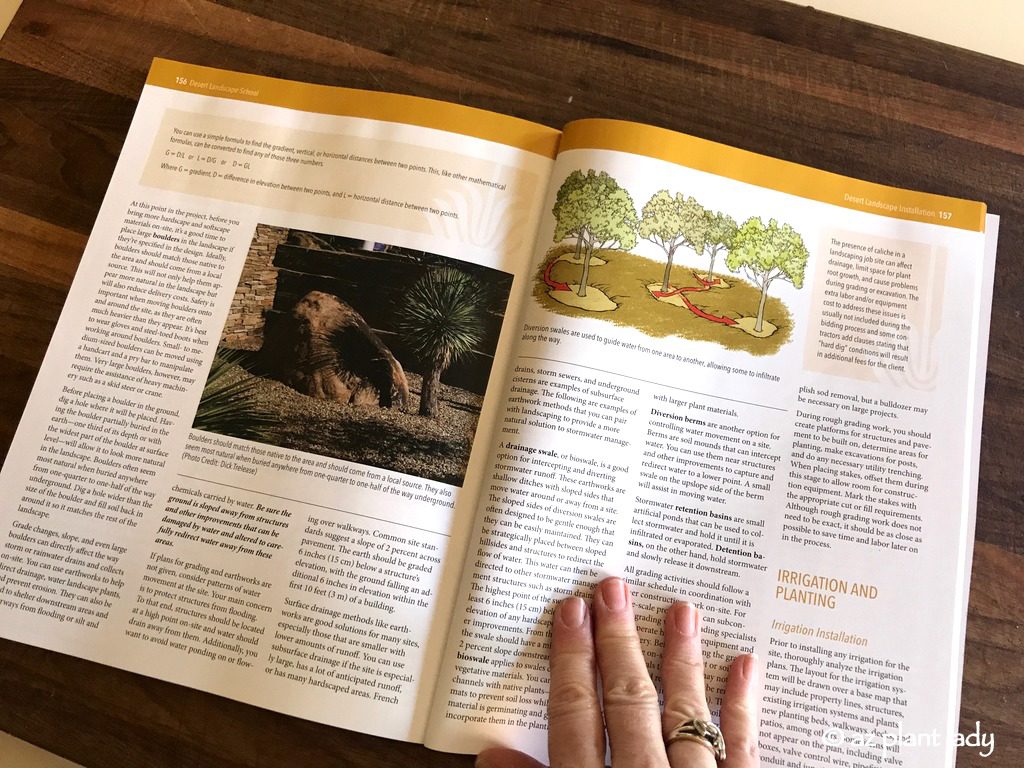
Thumbing through my copy, I looked to see how the information was laid out and whether it addressed common landscape dilemmas that are unique to desert gardening. As you may expect, a book from this prestigious garden didn’t disappoint. I found myself reading through its pages and reliving my early days as a horticulturist learning not only the basics of arid gardening principles but also strategies and tips for growing plants that I didn’t learn until later.
This book is for those who want to learn the reasons why we garden the way we do in the desert to more fully understand it. There is also valuable information regarding plant selection, design, sustainability, installation guidelines, and how to properly maintain the landscape.
I’ve always said that “gardening in the desert isn’t hard, it’s just different” and the book offers practical tips that make growing plants in an arid climate, easier. For example, connecting tree wells using swales and gravity to allow rain water to flow to where it’s needed instead of down the street.
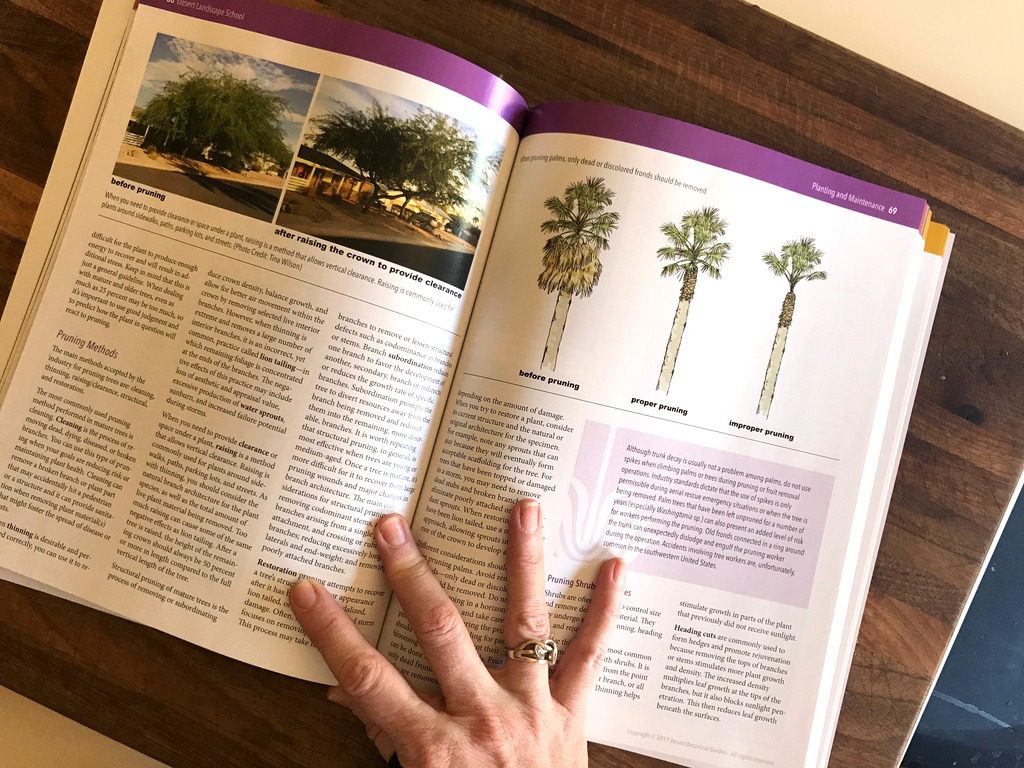
For those of you who have read my blog for awhile, you won’t be surprised to learn that I was interested in the pruning and maintenance section, as I am passionate about teaching people correct pruning practices. One illustration that grabbed my attention was the right and wrong way to prune palm trees.
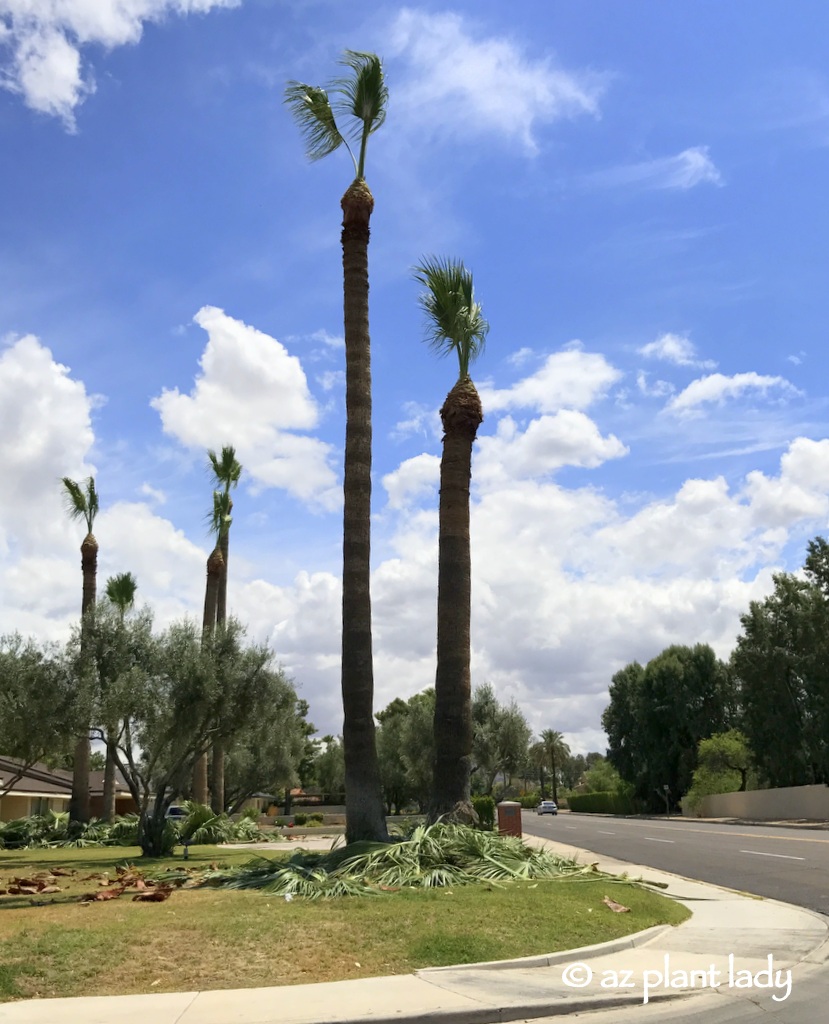
Badly pruned palm trees
I had taken this photo a couple of weeks ago of palm trees that had been pruned incorrectly with too many fronds removed. Overpruning weakens the tree and leaves it open to other stresses, which the book addresses.
The structure of the book is set up so that each section can be read on its own, so readers can focus on what they are interested in learning most. Of course, I recommend reading the entire book as it contains invaluable information which leaves the reader well-informed and confident in their ability to garden successfully in the desert southwest as well as other desert regions.
Desert Landscaping & Maintenance is truly a one-of-a-kind book that serves the role of several desert gardening books in one, and I highly recommend getting your hands on a copy of this brand new desert gardening guide.
Right now, the book is available for purchase for visitors to The Desert Botanical Garden or you can buy it online.


